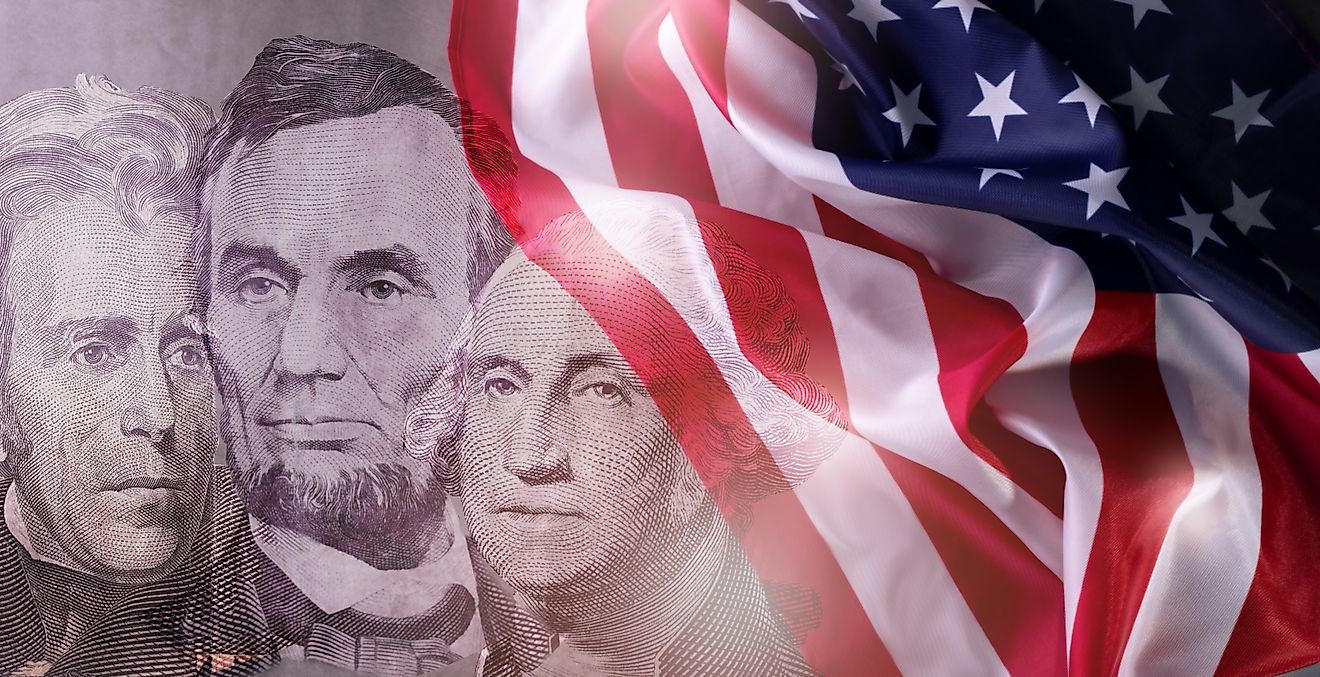What Type Of Government Does Sudan Have?

The political history of Sudan is filled with political unrest and insecurity. Once under the rule of a Prime Minister, a successful military coup d’etat took over the country in 1989. This new military government disbanded political parties and installed Islamic law on a national level, which further instigated the Civil War. This conflict took place between the military government and the Sudan People’s Liberation Army (SPLA), which represented the interests of the southern regions of the country. By 1993, the country was ruled by a one-party, Islamic totalitarian style of government. Under this new government, a limited number of non-Muslim government officials held appointed positions, representing the south of the country. After around two decades of fighting, the government and the SPLA signed the Comprehensive Peace Agreement in 2005 which created a second Vice President position to be filled by a representative from the south. The Peace Agreement also dictated that members from the SPLA be appointed to Cabinet positions and that a Transitional Constitution to be created to guide the next 6 years in government. After those 6 years of transitional government, South Sudan officially seceded.
Government Of Sudan
Today, the government of Sudan operates under a presidential representative democratic republic. Under this system, the President is the head of state, head of government, and Commander-in-Chief of the armed forces. The nation and its people are represented by a multi-party system, and public affairs are administered by 3 branches: the executive, the legislative, and the judicial.
Executive Branch Of The Government Of Sudan
The President of Sudan leads the executive branch alongside the Vice President. The President appoints Cabinet members to manage various Ministries. Today, these ministers primarily belong to the National Islamic Front political party. The principal duty of this branch is to carry out laws written by the legislative branch.
Legislative Branch Of The Government Of Sudan
The legislative branch of the Sudanese government consists of the National Legislature. The public body is made up of the National Assembly, 450 appointed members, and the Council of States, 50 state legislature elected members. Each member of the National Assembly serves a 6-year term. The main responsibility of the legislative branch is the create laws and make sure the laws are executed by the executive branch and its cabinet.
Judicial Branch
The judicial branch concerns itself with enforcing the law. It is made up of the High Court, Minister of Justice, Attorney General, civil and special tribunal courts. The branch is further represented by several courts: civil, criminal, special mixed security, military, and tribal. Tribal courts typically oversee disputes concerning land, water, and family issues. Unlike other judicial branches that are independent of the other branches of government, the judicial branch of Sudan must answer to the executive branch. Legal decisions are based on Islamic Sharia law.
Administrative Divisions
The country is further divided into administrative divisions. The first division is at the state level; there are 18 states within Sudan, each with a governor, state legislature, and state cabinet. In 2015, the National Assembly gave the President the power to appoint state governors. These 18 states are further divided into 133 districts. Three autonomous regions include Darfur Regional Authority, Eastern Sudan States Coordinating Council, and the Abyei Area Administration.











